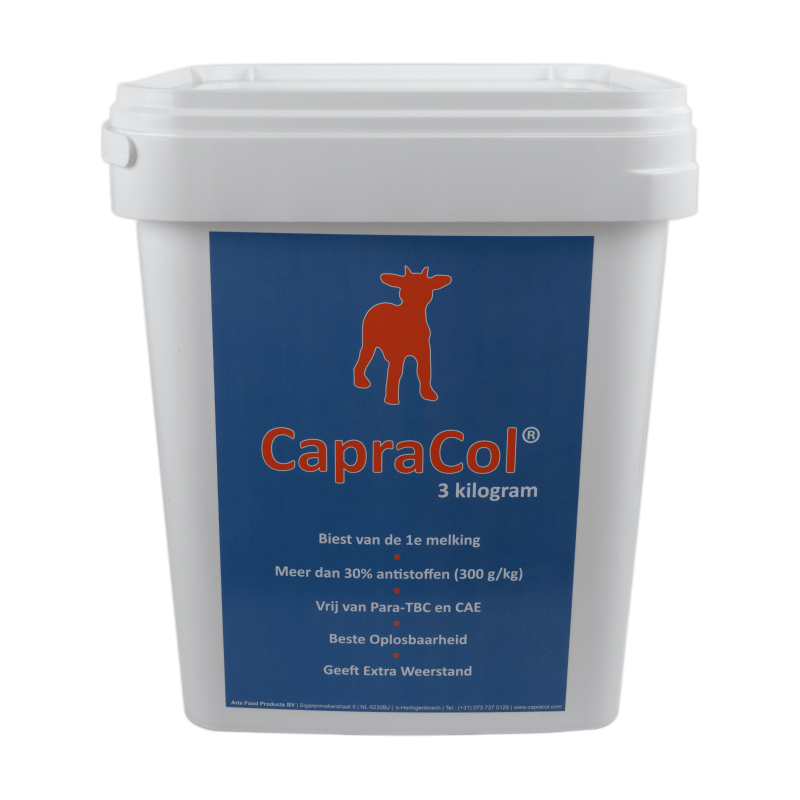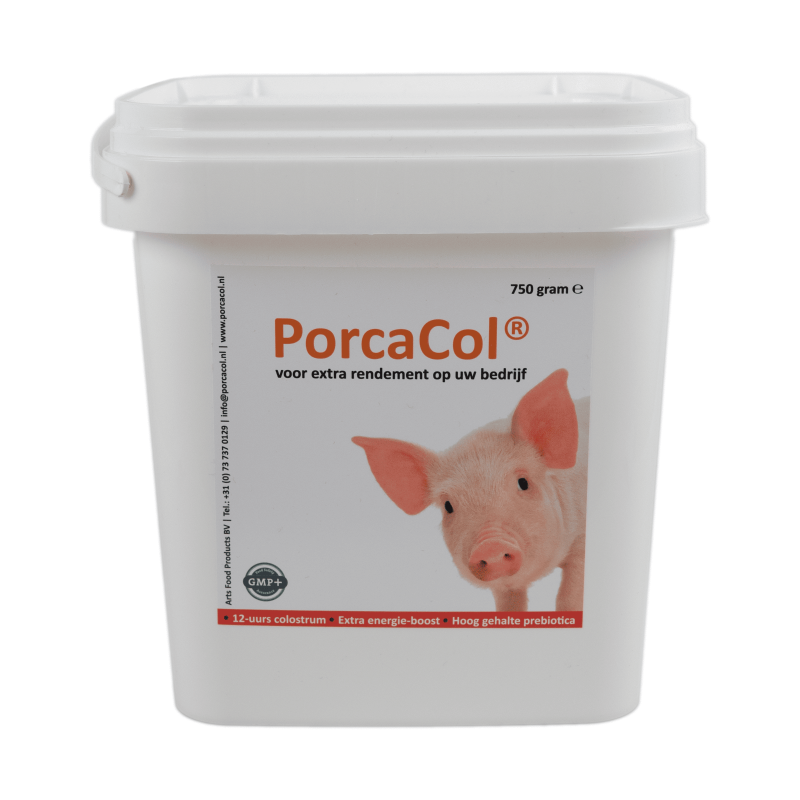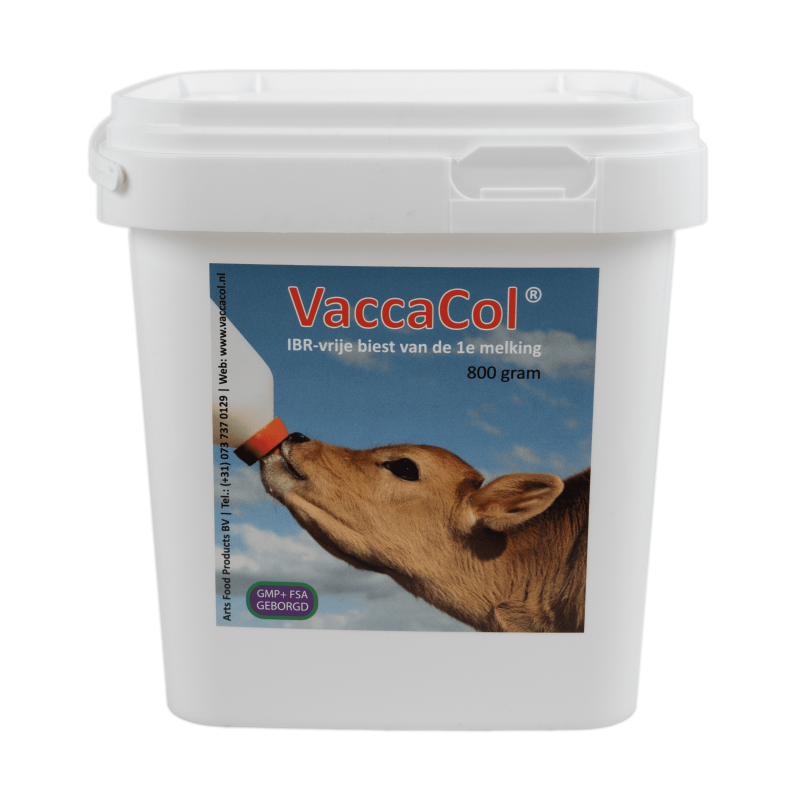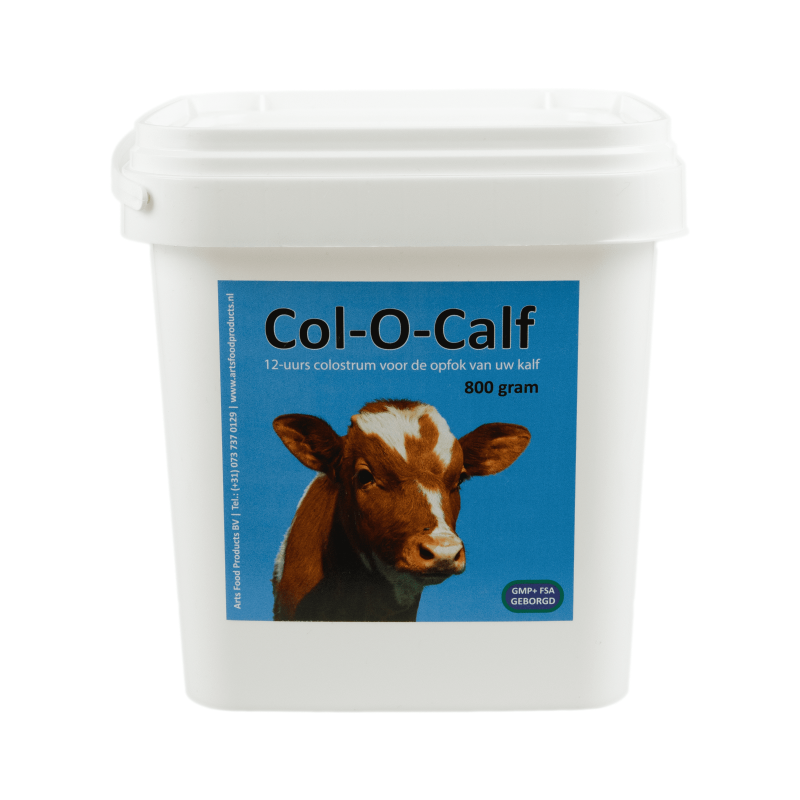Some animals, including goat kids, lambs, calves, alpaca foals, and piglets, are born without antibodies, meaning they lack natural resistance. The sole source of antibodies for these animals is colostrum. It is vital to provide them with colostrum that contains as many antibodies as possible, as this increases the likelihood of adequate absorption into the offspring's bloodstream.
Measurement of antibody uptake in the blood typically occurs from day 2 to day 7. By day 2, the antibodies are entirely absorbed from the gastrointestinal tract into the blood. From day 7, the antibody levels in the blood start to decrease.
If laboratory results fall below the desired value, it's crucial to identify the cause and address it promptly.
Low levels of antibodies in the bloodstream equate to low resistance. Consequently, offspring are more susceptible to pathogens in the environment, which can lead to increased mortality, animal weakness, respiratory issues, and diarrhea. The solution is to provide antibody-rich colostrum and follow the correct protocol (plentiful, quick, frequent, and hygienic).
However, after being fed colostrum, an animal might not absorb enough antibodies. In such cases, the transfer of antibodies from the colostrum to the blood has failed. This is termed FPT: Failure of Passive Transfer.
Failure of Passive Transfer (FPT)
Several factors determine the efficient uptake of antibodies into the bloodstream. Below is a brief overview of some of these factors:
Colostrum Quality
Colostrum should be rich in antibodies and free from inhibiting components. While a mother's own colostrum is always preferable, it has its drawbacks, such as inconsistent quality, varying quantities and last but not least, the risk of disease transmission.
Hygiene
Always strive for the utmost hygiene. For instance, wash your hands regularly. Even better would be the use of disposable gloves. At birth, ensure that the mother is lying on clean straw and that the offspring do not come into contact with feces. Allowing the mother to give birth in a clean setting reduces environmental contamination risks. If offspring are not exposed to feces, this reduces the risk of infections such as paratuberculosis.
Hygiene is also paramount during colostrum preparation and storage. Always use clean and sanitized equipment, and prepare just enough colostrum for the number of animals that need to be fed. Although prepared colostrum can be stored, undesirable bacterial growth invariably occurs.
Temperature
It is also crucial to use the right temperature for colostrum preparation. If the colostrum is too cold once prepared, it won't be absorbed optimally. On the other hand, if it is overheated during preparation, the antibodies might become inactive. Colostrum should be prepared at around 43 to 45 degrees Celsius and administered at 40 degrees Celsius.
Time of Feeding
Antibodies are absorbed from the gastrointestinal tract into the bloodstream. For the first 6 hours of life, the gastrointestinal tract is receptive to large proteins, including antibodies. Hence, it's imperative to give the dissolved colostrum within these first 6 hours, possibly across two feedings.
The intestinal lining slowly closes, decreasing the antibody absorption rate. In an optimal scenario, colostrum is administered as soon after birth as possible.
Quantity
A newborn must always receive an adequate number of antibodies. The required amount of colostrum or artificial colostrum depends on its the antibody concentration. Each colostrum replacer has its recommended quantity.
A general guideline is that the amount of colostrum of the first milking to give should be 10% of the offspring's body weight.
Concerning FPT, many other factors come into play, and every animal and farm is unique. The above five points are fundamental to good colostrum management. Do you have questions or wish to add something? Feel free to call us at +31(0)73 737 0129.









